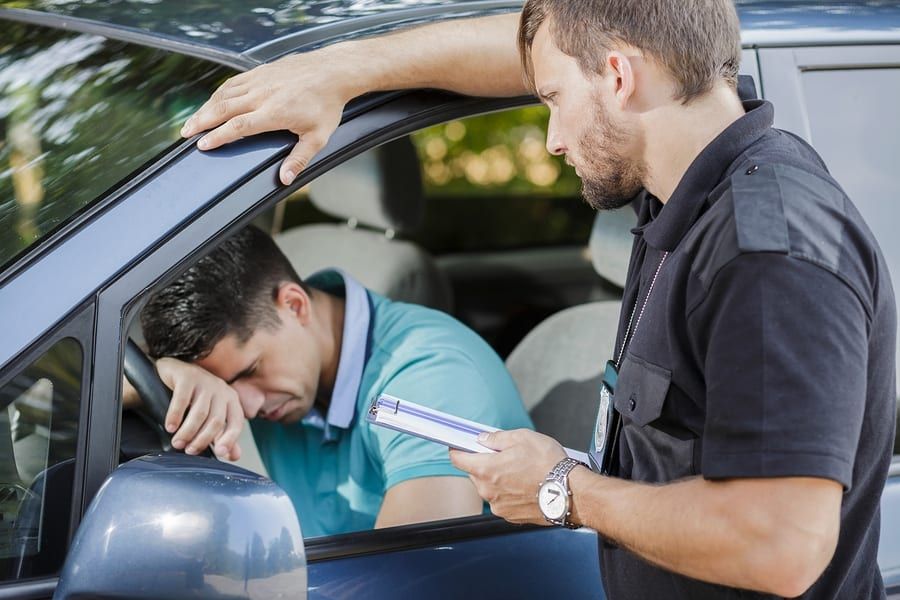 There’s a huge push when a state changes its driving under the influence (DUI) laws to include an ignition interlock law, but once the Governor has signed off and the law becomes active, the work shifts to keeping on top of offenders and ensuring they comply with the new requirements.
There’s a huge push when a state changes its driving under the influence (DUI) laws to include an ignition interlock law, but once the Governor has signed off and the law becomes active, the work shifts to keeping on top of offenders and ensuring they comply with the new requirements.
28 states now require ignition interlocks for all offenders, and all 28 states have experienced some growing pains as first offenders adapt to new ignition interlock penalties. Case in point? A widely publicized audit in New York brought attention to the fact that less than 5% of the offenders required to were installing their interlocks. This audit might have been the motivation law enforcement needed to turn things around, because police are starting to crack down on offenders.
That’s what happened to a Rochester man recently. He was driving in his vehicle, police stopped him because they spotted him using his cell phone, and found out quickly that he shouldn’t been driving at all. Turns out he was required to drive with an ignition interlock device because of a drunk driving conviction, and he clearly wasn’t doing so.
The offender stated that he didn’t realize he couldn’t drive other vehicles without the ignition interlock. He thought it was only his own that needed to have the device installed, and because his van with the interlock was in for service, he was driving his mother’s car.
According to DWI laws in New York State, if you’re required to install an interlock, you can’t drive without one. That means any vehicle, even your mom’s car, is off limits unless it has an interlock installed.
A penalty is a penalty for a reason, and the reason why states vote in all offender ignition interlocks laws is because they work. In this case, it’s a good lesson for the driver, and it goes to show that New York police are starting to notice when an offender isn’t complying.
